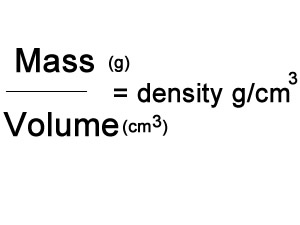
Familiarise yourself with the Rock Cycle before attempting this activity.
Considering the different conditions needed for the formation of limestone and granite. what do you expect to find when comparing the density of granite and limestone?
Before we can answer this question answer the following questions.
What type of rock is granite? Igneous intrusive rocks
What type of rock is limestone? Sedimentary rocks
Under what condition are these two type of rocks formed?
Intrusive rocks form from molten material (magma) that flows and solidifies underground.
Sedimentary rocks are formed when particle accumulate in sea beds and lakes and form layers that are piled one on top of the other.
Write a hypothesis for this investigation.
A hypothesis is a possible explanation of the expected results. A hypothesis can be tested. For example
"Since igneous rocks are formed from molten rock deep underground where pressures are very high as compared to sedimentary rocks then one would expect that igneous rocks will generally be denser".
We can now test to see which is more dense.
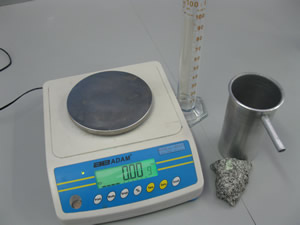
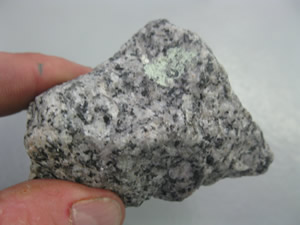
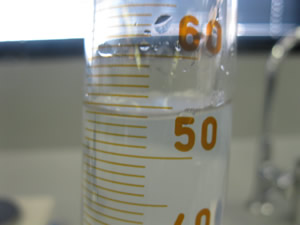
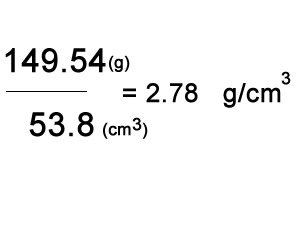
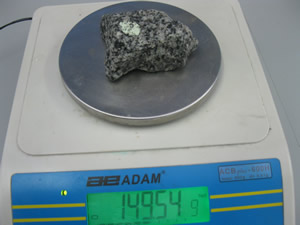
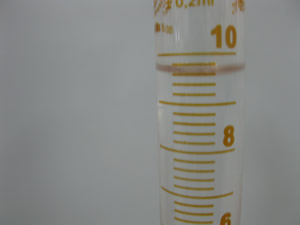
Calculate the density of the limestone rock.

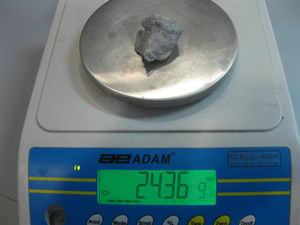
1) Consider the following statements.
i. To measure the density of two different types of rocks.
ii. Granite will have a greater density than limestone because it is formed under greater pressure.
iii. The volume of the limestone rock was 11.00 cm3
iv. The limestone rock had small shells embedded in it.
v. The density of the limestone rock was 2.20 g/cm3 and the density of the granite was 2.89 g/cm3.
a) Which comment represents the aim? i
b) Which comment is an observation? iv
c) Which comment is a result? iii
d) Which comment is a hypothesis? ii
e) Which comment is a conclusion? v
2) Do the results support your original hypothesis? Generally, Yes.
If so state what is the likely factor contributing to the difference in density. Most likely the difference in pressure that the igneous rock was formed under may have some influence on its density, since the higher the pressure the more particles are squashed together. Of course we have to look at other factors as well, such as chemical composition of each rock.
If not revise your hypothesis and offer a brief outline of a likely investigation.
3) Obtain a sedimentary rock and a metamorphic rock. These may be supplied to you by your teacher. Before measuring the density of each rock, form a hypothesis to suggest which rock will have the greatest density.
Looking at the Rock Cycle we see that metamorphic rocks are formed under pressure and heat. Generally if a rock is formed under these conditions we would expect that it would have a greater density than a type of rock that was not subjected to such heat and pressure.
Do the results support your hypothesis?
Students should answer this question depending on their results.
Since the density of the rock is 2.78 g/cm3 it is in the range of diorite.